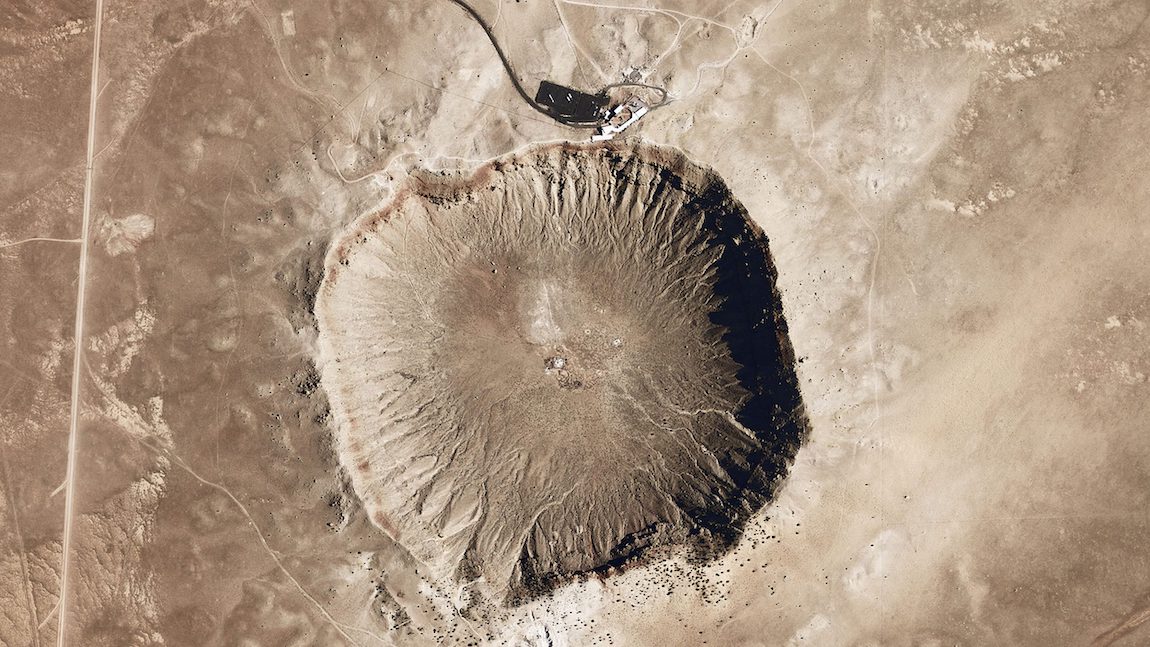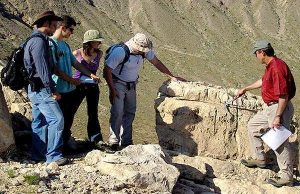
NASA Training for Future Lunar Missions
When Gene Cernan stepped back into the Challenger lander on 14 December, 1972 and departed the surface of the moon, many thought that man’s time on the moon was over forever. NASA had originally planned for ten lunar missions, but by Apollo 17, budgetary concerns had increased, while public interest had diminished.
Lately, that’s been looking less likely. We’re preparing to return to the moon.
In October of 2018, a team of sixteen students began training at Barringer Crater in Arizona (also  known as Meteor Crater) with the goal of working out potential future robotic and human missions to the lunar surface. The students came from universities in Belgium, Canada, and the United Kingdom, as well as several US universities.
known as Meteor Crater) with the goal of working out potential future robotic and human missions to the lunar surface. The students came from universities in Belgium, Canada, and the United Kingdom, as well as several US universities.
The training program, created by Dr. David Kring of the Lunar and Planetary Institute, lasted for a week and was created with the goal of training students to study impact craters not only on the moon, but Earth, Mars, and other planetary bodies. Historically, Barringer Crater was also used to train astronauts in the Apollo program in the 1960s and 1970s.
Specifically, the modern program tasks students with mapping the rocky debris ejected from the crater following a massive impact around 50,000 years ago during the Pleistocene Epoch. Since this is a similar type to impact craters on other bodies throughout the solar system, it’s a valuable analogue.
The program is an important training component of the Center for Lunar Science and Exploration, and is supported by NASA’s Solar System Exploration Research Virtual Institute (SSERVI). This is the fifth time this training program has taken place; nearly 100 students have participated since 2010.
Curriculum Reference Links
- Earth and Space / Building Blocks / 3: Students should be able to evaluate how humans contribute to sustainability through the extraction, use, disposal, and recycling of materials

